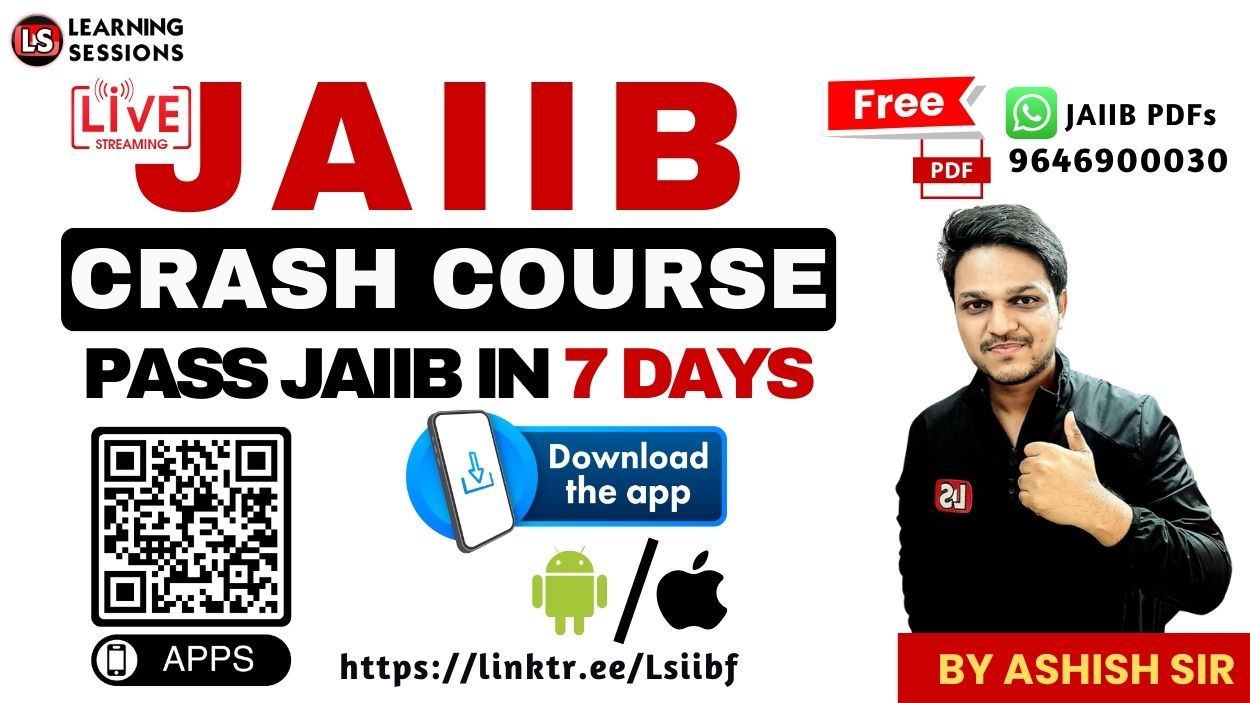Have you ever wondered how businesses protect themselves from unpredictable market risks? Imagine spending months manufacturing a product only to see its price drop significantly before you sell it. Sounds frustrating, right?
📚 JAIIB Study Resources 📚
👉 Check Here
👉 Check Here
👉 Check Here
👉 Get Tests Here
👉 Check Here
If you are preparing for JAIIB or CAIIB, this is a must-watch session for you. We cover essential exam concepts, practical applications, and industry insights to help you gain a competitive edge.
👉 Watch the full video and drop your doubts in the comments!
Before we dive in, watch this video for a complete breakdown:
Understanding Derivatives | Key Concepts Explained
What Are Derivatives? (00:00:52)
Derivatives are financial instruments whose value is derived from an underlying asset, such as stocks, commodities, bonds, or currencies.
- No intrinsic value; value depends on the underlying asset.
- Used to hedge risks and reduce losses.
- Traded either over-the-counter (OTC) or on regulated exchanges.
Real-Life Example of Derivatives (00:01:28)
Imagine a car manufacturer producing 100 cars at ₹5 lakh each, expecting to sell them for ₹6 lakh and earn ₹1 lakh profit per car. But suddenly, the market price drops to ₹5 lakh. The manufacturer is left with zero profit and a huge risk.
To avoid such uncertainty, businesses use derivative contracts, ensuring they sell at a pre-agreed price regardless of market fluctuations.
Types of Derivatives (00:10:16)
1. Forward Contracts
A private agreement between two parties to buy/sell an asset at a future date for a fixed price.
2. Futures Contracts
Similar to forwards but standardized and traded on exchanges.
3. Options Contracts
The buyer has the right (but not obligation) to buy or sell an asset at a fixed price before a given date.
4. Swaps
Two parties exchange financial obligations, such as interest rates or currencies.
Conclusion
By now, you should have a clear understanding of derivatives, their types, functions, and applications.
👉 What’s next?
- Apply these concepts by practicing mock tests.
- Revisit the video and take notes for deeper understanding.
- Drop your questions in the comments, and I’ll be happy to answer!
📌 Don’t forget to like, share, and subscribe for more banking insights!
📥 Download PDF Notes on Derivatives
🎯 Get a FREE PDF summary of this session, covering key concepts and examples.
📩 Join our Telegram group for more updates and exam tips!







